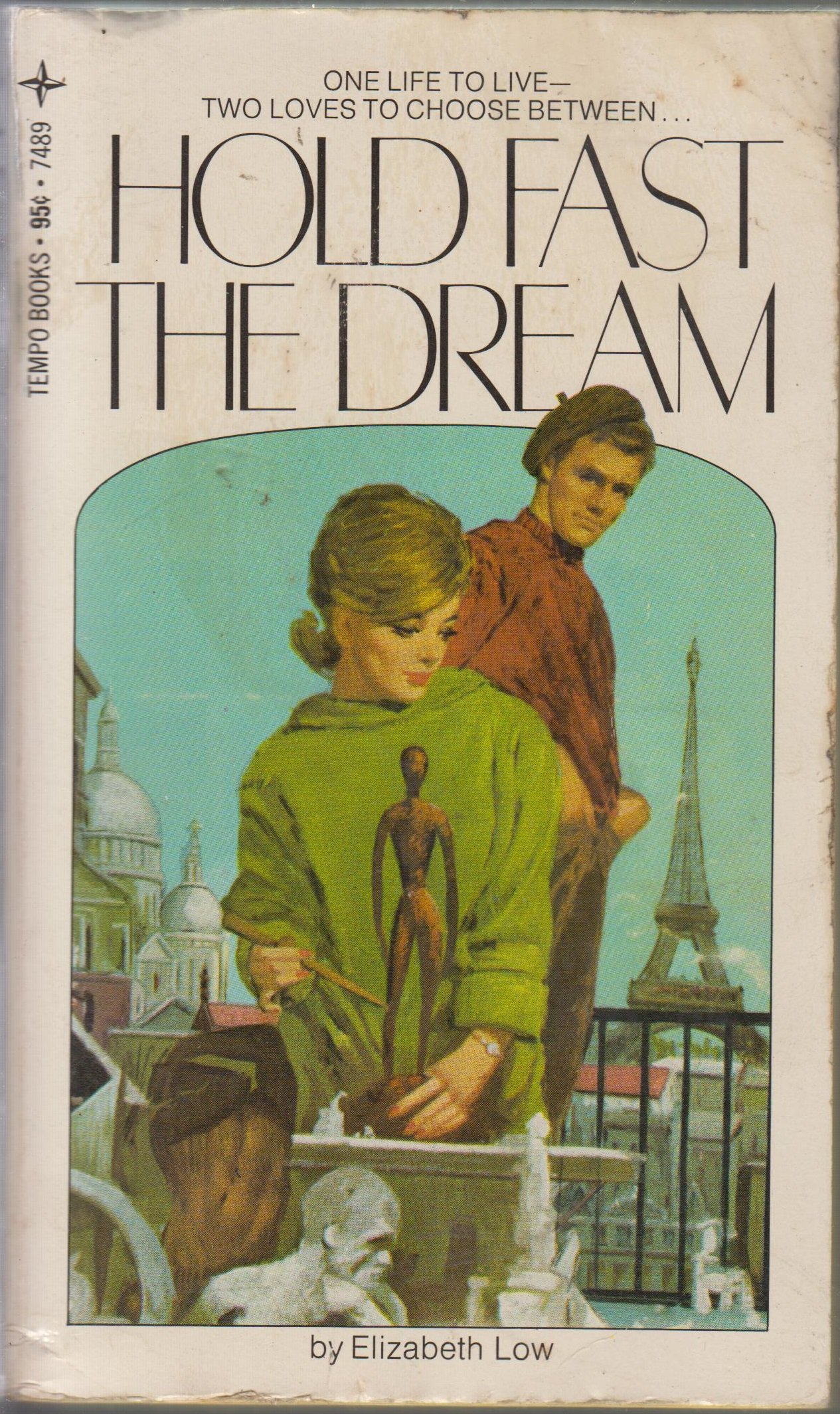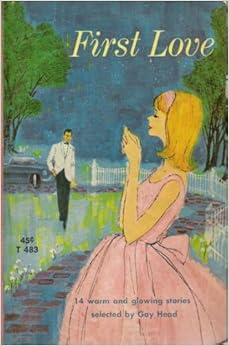
Hold Fast The Dream
Elizabeth Low,
Harcourt, Brace, 1955
It was noontime in Paris. The medley of sound from bell-tower and boulevard fell faintly on Blithe Moreland's ears, but her hands did not stop work. She continued to press little pellets of clay onto the yard-high figure of a striding man on the stand before her, entirely absorbed in the construction of the human shoulder.
Blithe Moreland is in Paris for the summer, working in the highly sought-after sculpting class of Monsieur Pierre, hoping to impress the master and convince her family back home that art, not college, is her future. A weekend trip to Salzburg derails her plans, introduces her to the kind Lang family and gives her the artistic inspiration she's been seeking.
Quiet fell upon the crowd and, at the flourish of a trumpet, the famous Lippizan horses with their handsome riders filed through the gate in a slow line, eight white horses stepping proudly in unison like lovely, perfect creatures from another world. This was the world-famous Spanische Reitschule of Vienna, the Spanish Riding School; Blithe had often heard of it.
Moving to Salzburg to study the horses, Blithe is crushed to discover they've now gone on tour. She contents herself studying other horses, throwing herself into sketching and investigating the anatomy of the horse in preparation for someday creating a sculpture.
Apart from Blithe's artistic ambitions, two sub-plots involve a romance (of course) and the slow-developing relationship between the young American and the Austrians she comes to know. It's a relationship marked by humiliating mistakes and mutual confusion, but with goodwill on both sides.
Both the romance and the international harmony plots take a back seat to Blithe as an artist, a choice that pleases me. The slow pace of her progress is also likeable, and the resolution is believable. My only real quibble is with the "where'd that come from?" nature of the romance - it pops up at the end of the book as an accomplished feature of her life, but until about 5 pages before, she wasn't even aware she liked the guy.
 Links
LinksKirkus review
(atypically inaccurate)






